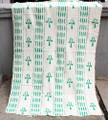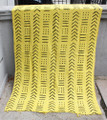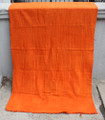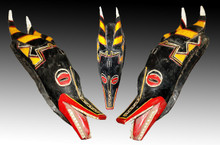 Loading... Please wait...
Loading... Please wait...Product Description
ON SALE
In the 18th century the Baulé left present day Ghana and traveled west into present day Côte d'Ivoire under the lead of the Queen Pokou. According to legend, the Baulé were forced to leave Ghana when the Ashanti rose to power. While they were fleeing for their lives they came to a large river that they were unable to cross. With their enemies chasing them they began to throw their most prized possessions into the river. It came to the Queen's attention that their most valuable possession was her son. The Queen realized that she had to sacrifice her son to the river to save her people and threw him in. Upon doing so hippopotamuses rose from the river and allowed them to cross, saving their lives. After crossing, the Queen was so upset about losing her son that all she could say was "baouli," meaning: the child is dead. From that point on they were known as the Baulé. Baule masks correspond to several important types of dances: the Gba Gba, the Bonu Amuen, the Mblo and the Goli. The Bonu Amuen is a dance preformed to protect the village from threats, to discipline wrong doers and during the funerals of notables. The type of masks used during the Bonu Amuen are known as "helmet" masks which sit mostly on the forehead of the dancer. These special Bonu Amuen or "gods of the bush" masks will depict horned animal heads such as the buffalo or antelope and are worn with a raffia costume and metal ankle bracelets. The muzzle always has fierce teeth, which incarnates the animal that is to defend the group.
This is an older selection.
Please click photo for enlargement!
Dimensions: 17 inches long x 5 inches across x 3 inches deep.
Any QUESTIONS please leave a message here at Contact Us!
*Fixed shipping price for domestic orders only*








